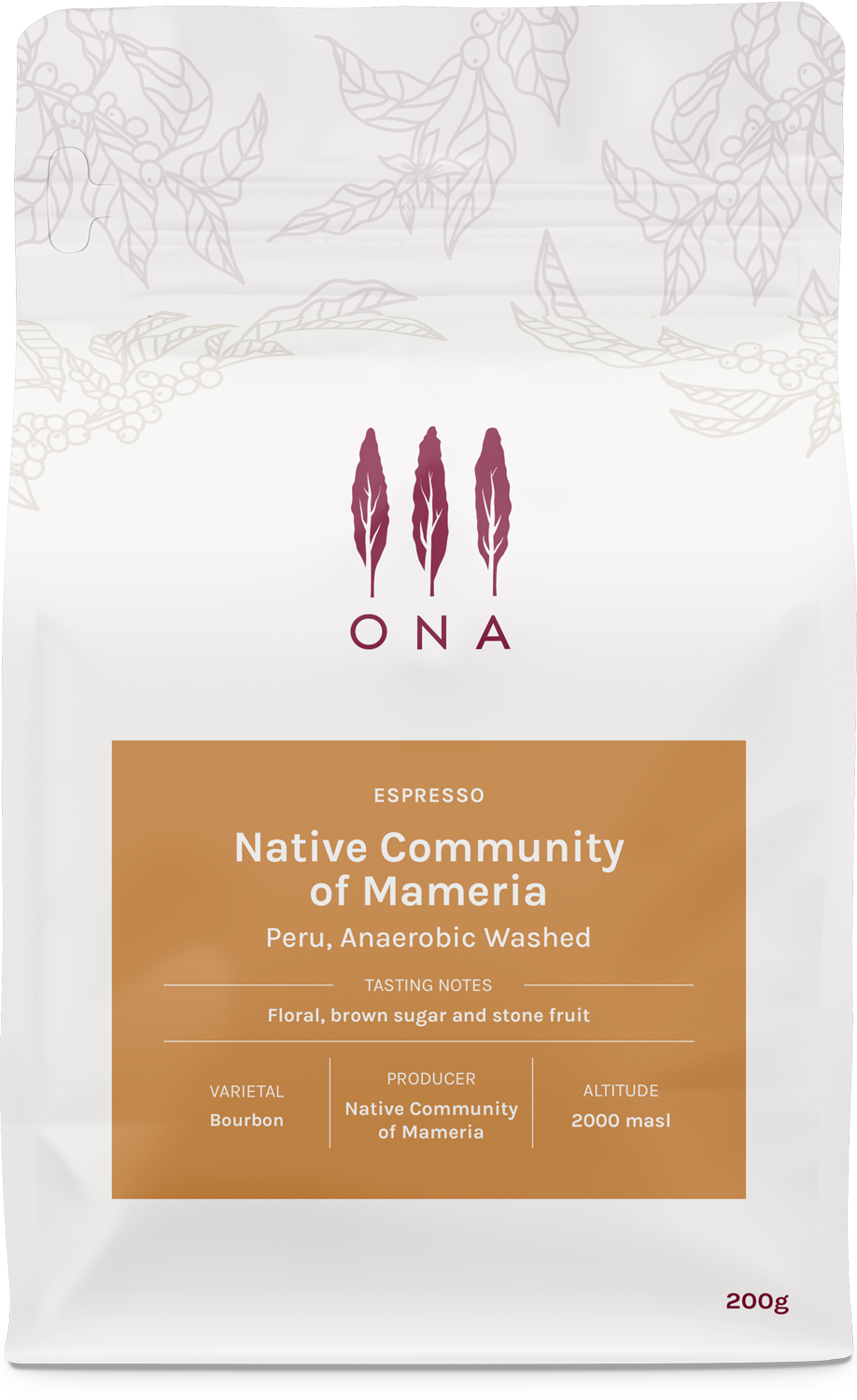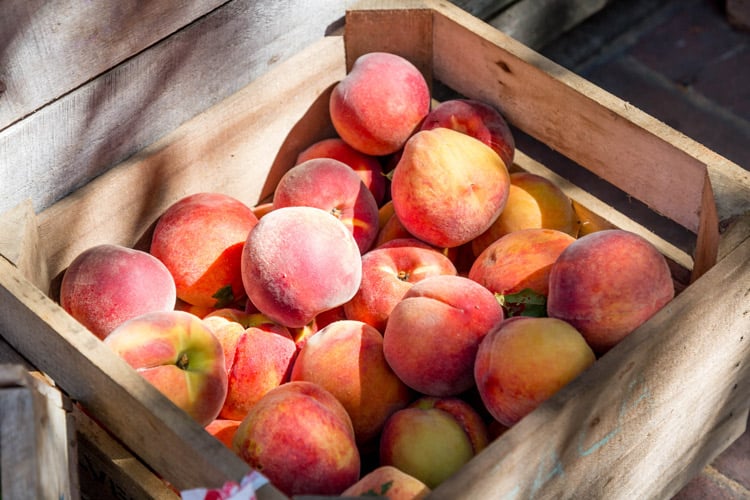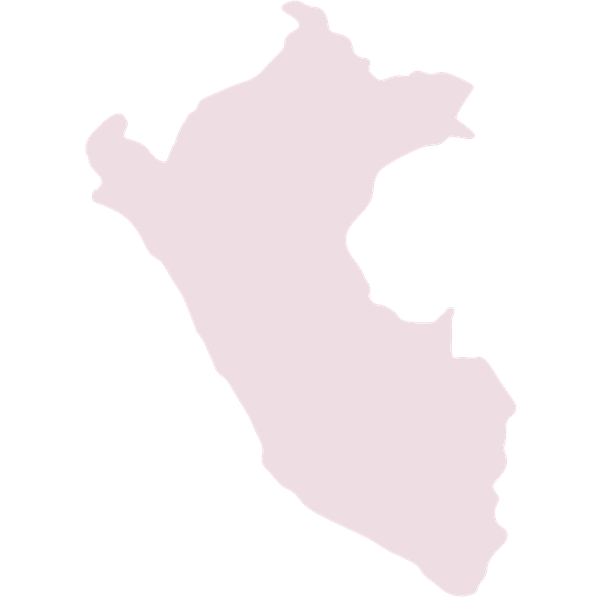

Native Community of Mameria, Peru, Anaerobic Washed
- Regular price
- $20.00
- Sale price
- $20.00
- Regular price
-
- Unit price
- per
Floral, brown sugar and stone fruit
COFFEE PROFILE
Created with Anaerobic Washed processing methods, this Bourbon lot bursts with vibrant fruit and layered sweetness. Expect bold stone fruit notes, a hint of sweet brown sugar, and a pleasing floral finish.
| TASTES LIKE | Floral, brown sugar and stone fruit |
| ROAST | Espresso |

Story
Nestled in Peru's Cusco region, the Native Community of Mameria is home to the Machiguenga people, led by Percy Toledo and his family. Living in harmony with the Amazon rainforest, they have faced recent threats from illegal mining and logging. In response, the community turned to coffee cultivation to preserve their culture and sustain their livelihood. At an altitude of approximately 1,870 meters, they grow Bourbon and Geisha varieties, taking advantage of the high elevation and unique microclimate.
Their coffee undergoes a meticulous anaerobic washed process, enhancing its flavour profile. Supported by Three Monkeys Coffee, a Cusco-based specialty coffee project, the Machiguenga community has embraced sustainable practices. Founded in 2013, Three Monkeys Coffee is dedicated to sourcing and roasting high-quality Peruvian coffee, empowering local farmers and preserving Peru's coffee heritage.
Through this partnership, the Machiguenga people of Mameria produce exceptional coffee while forging a path toward resilience and self-determination. By integrating traditional practices with modern techniques, they enrich Peru's specialty coffee landscape, contributing to its diversity and richness.
| PRODUCER | Native Community of Mameria |
| REGION | Cusco region |
| VARIETAL | Bourbon |
| PROCESS | Anaerobic Washed |
| ALTITUDE | 2000 masl |

Origin
Cusco region, Peru
The Cusco region of Peru, with its deep historical roots in coffee cultivation, emerged as a significant coffee-growing area later than other regions like Chanchamayo. While Coffea arabica was introduced to Peru in the mid-to-late 1700s by European colonists, it wasn't until the 20th century that Cusco's highland regions began to establish a notable coffee identity. The region's rugged terrain, high altitudes (ranging from 1,600 to 2,200 meters), and diverse microclimates provide ideal conditions for cultivating specialty-grade Arabica coffees in provinces such as La Convención, Calca, and Quillabamba.
Indigenous Quechua and Machiguenga communities adopted coffee as a cash crop, integrating it with traditional farming systems that emphasize biodiversity and sustainable land use. Despite early challenges due to geographic isolation and limited infrastructure, the specialty coffee movement in recent decades has spotlighted Cusco's potential. Support from cooperatives, NGOs, and exporters has encouraged many producers to adopt organic and shade-grown practices, improve post-harvest processing, and embrace traceability.
Today, Cusco is internationally recognized for its bright acidity, floral complexity, and vibrant fruit notes, particularly from varieties like Bourbon, Typica, Geisha, and Catimor. The region's coffees consistently perform well in competitions such as Peru’s Cup of Excellence, solidifying its place on the global specialty coffee map. Cusco stands as a hub of heritage and indigenous stewardship, as well as a frontier of innovation and quality in Peruvian coffee.
BREW GUIDE
How to get the best tasting cup
NOTE THESE ARE A STARTING POINT AND INDICATE A RANGE TO WORK WITHIN
| Age Best Used | 10-25 days after roast |
| Brew Parameters | Dose 20.5g in the portafilter to extract 43g in the cups in 24 seconds at 93.5 degrees C. |
| Best Freeze Date | 10-14 days after roast |





